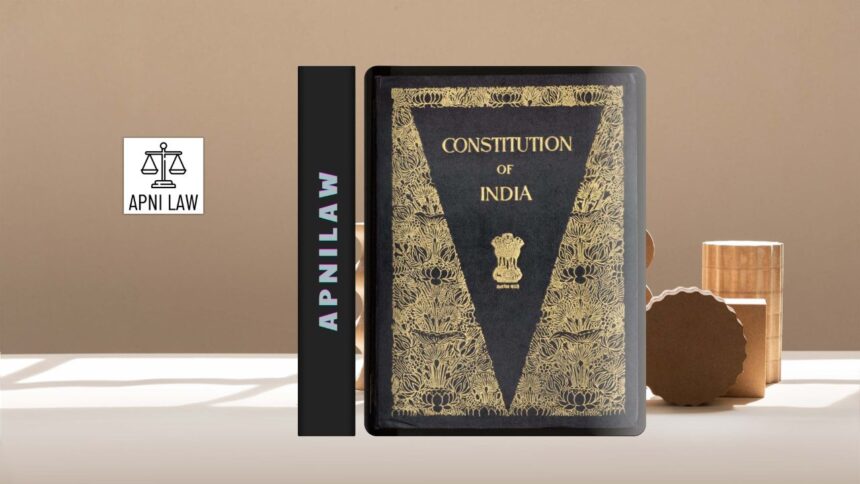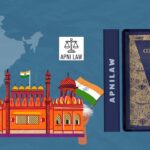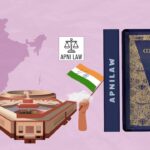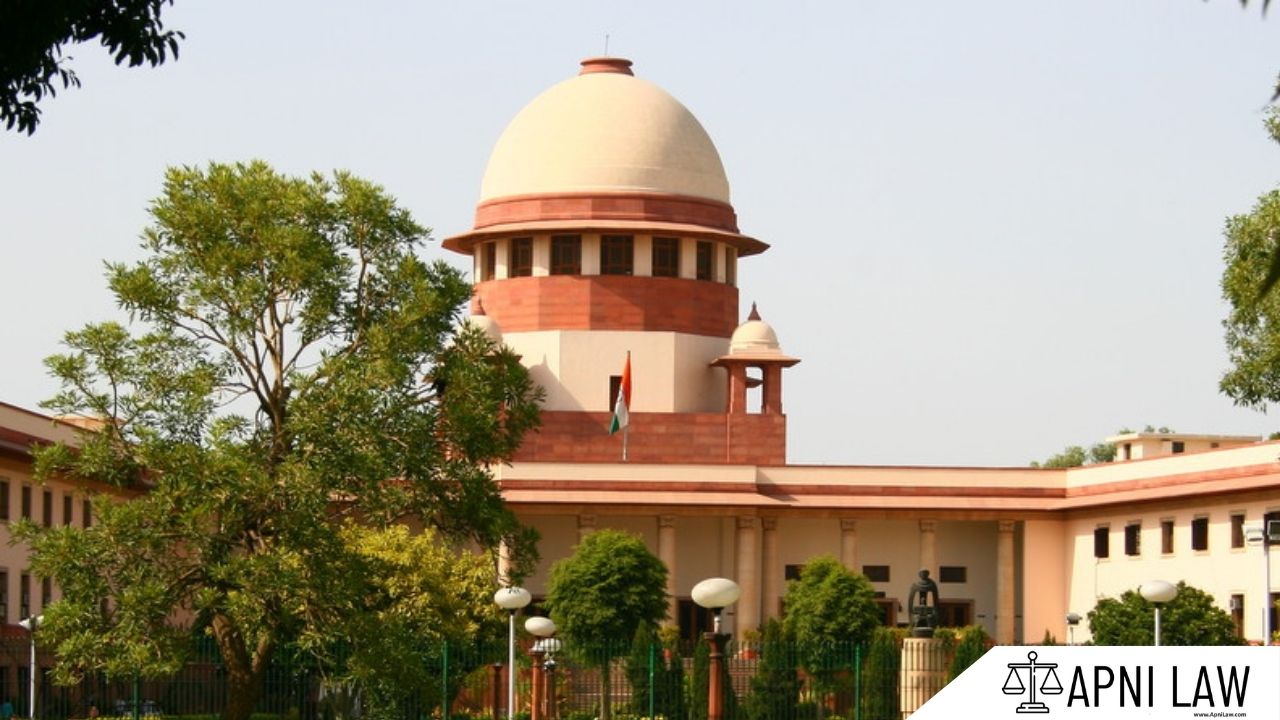What Defines the Relationship Between the Governor and the Chief Minister?
The relationship between the Governor and the Chief Minister in India rests on clear constitutional rules. The Constitution creates a structure in which both leaders work together to run a state. The Governor serves as the constitutional head. The Chief Minister serves as the real executive head. Their roles differ, but their coordination keeps state administration stable. The Constitution expects them to act with respect, cooperation, and accountability.
How Does the Constitution Shape Their Roles?
The Constitution lays the foundation for this relationship. It gives the Governor a formal position and assigns the Chief Minister real power to run the government. Article 163 states that the Chief Minister and the Council of Ministers must aid and advise the Governor. The Governor accepts this advice in almost all matters. The Governor uses discretion only in rare and specific situations. These situations often attract debate because they influence political outcomes.
Who Appoints the Chief Minister and Ministers?
The Governor appoints the Chief Minister. The Governor usually selects the leader of the majority party or a stable coalition in the state assembly. After this appointment, the Governor appoints other ministers based on the Chief Minister’s advice. Article 164 ensures that ministers hold office as long as the Chief Minister wants them to remain. This arrangement shows that the Chief Minister controls the executive team. It also shows that the Governor’s role stays formal rather than operational.
How Does the Chief Minister Act as a Link to the Governor?
The Chief Minister serves as the main channel of communication between the Council of Ministers and the Governor. Article 167 directs the Chief Minister to keep the Governor informed. The Chief Minister updates the Governor about decisions, administrative matters, and legislative proposals. This communication keeps the Governor aware of major developments. It also ensures transparency between the elected government and the constitutional head.
Why Does the Governor Usually Follow the Chief Minister’s Advice?
The Governor works as a nominal executive. The Chief Minister and the Council of Ministers hold political authority. In democratic practice, the Governor acts on their advice. This system supports responsible government. The elected leadership makes decisions. The Governor upholds those decisions. This structure protects the people’s mandate. It prevents the Governor from interfering in everyday administration.
When Can the Governor Use Discretionary Powers?
The Constitution gives the Governor limited discretionary powers. These powers apply only in specific circumstances. The Governor may use discretion when no party has a clear majority. The Governor may also act independently when recommending President’s Rule or reserving a bill for the President. These decisions can become controversial because they affect political balance. These moments sometimes create tension between the Governor and the Chief Minister. Such tensions become visible when interpretations of the Constitution differ.
What Ensures Smooth Working Between the Two Offices?
Mutual respect ensures smooth functioning. The Governor respects the Chief Minister’s democratic mandate. The Chief Minister respects the Governor’s constitutional position. When both offices cooperate, administration becomes efficient. Policies move forward without delay. Governance remains stable. Cooperation also strengthens federal harmony. It supports the balance between the Union and the states.
Why Do Conflicts Sometimes Arise?
Conflicts arise when political differences affect administrative decisions. Differences in party affiliation can lead to delays in approvals or disagreements over bills. Disputes arise when the Governor questions the government’s decisions or when the Chief Minister challenges the Governor’s discretionary actions. These disagreements may slow governance. They also bring constitutional debates into public focus. Courts often settle such conflicts by interpreting constitutional limits.
How Does This Relationship Affect State Governance?
The relationship influences lawmaking, administration, and political stability. A positive relationship speeds up decisions. A strained relationship causes delays. Since the Chief Minister leads the government, cooperation from the Governor supports smooth functioning. A conflict-heavy relationship may disrupt administrative flow. It can also trigger unnecessary political tension. The constitutional system works best when both offices remain accountable and respectful.
How Does This Balance Support Indian Federalism?
Indian federalism depends on clear boundaries between the Union and the states. The Governor represents the Union. The Chief Minister represents the state’s electorate. Their relationship blends central oversight with state autonomy. It protects democracy. It ensures that the elected government runs the state while the Governor safeguards constitutional values. This balance strengthens India’s federal structure and ensures continuity in administration.
What Makes This Relationship Important for Democracy?
This relationship demonstrates how the Constitution separates power while ensuring cooperation. The Governor symbolizes neutrality. The Chief Minister symbolizes democratic authority. Together, they maintain constitutional order. Their combined roles promote accountability, transparency, and responsible governance. When both offices follow constitutional rules, democracy grows stronger. Their relationship influences decision-making, stability, and the public’s trust in institutions.
For any specific query call at +91 – 8569843472
Conclusion
The Governor acts as the ceremonial and constitutional head. The Chief Minister acts as the real executive head with authority to govern. Their relationship depends on cooperation, communication, and constitutional discipline. When they work in harmony, state governance remains smooth and effective. When tensions rise, constitutional mechanisms guide solutions. This relationship remains central to India’s federal structure, democratic values, and administrative strength.








